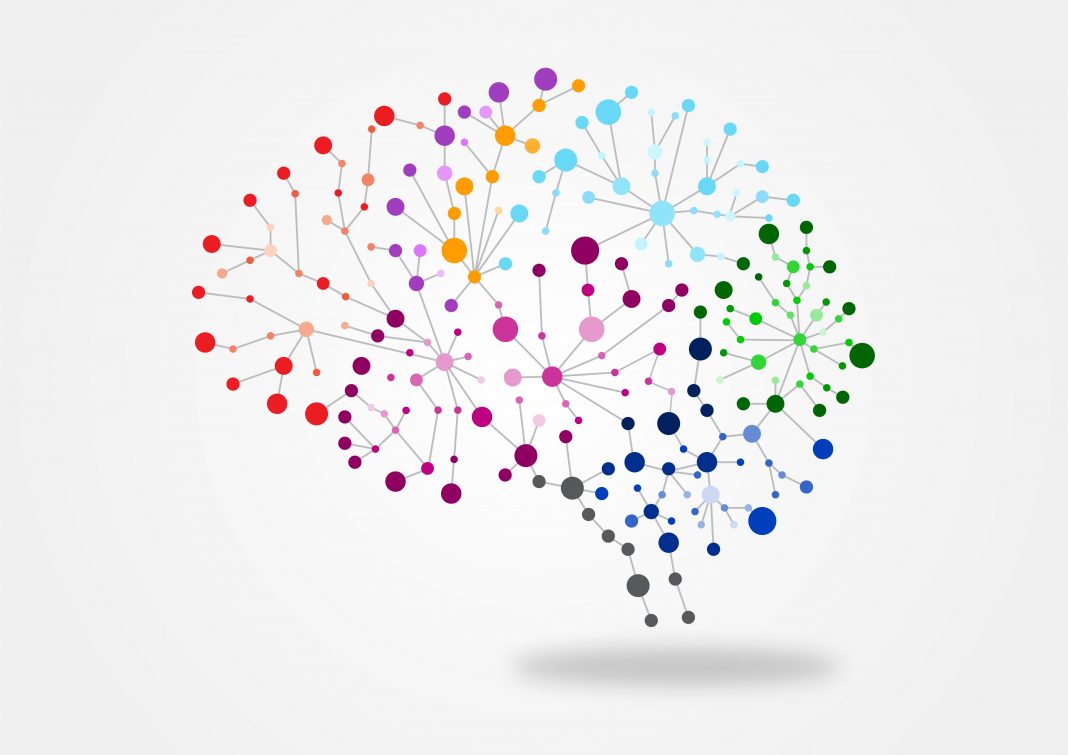Spatial transcriptomics is a technology that, some say, will revolutionize the study of cells and tissues. It allows for transcriptomic analysis of cells with an additional layer of information about the cells’ location in a tissue. Spatial information informs biology underlying tissue architecture, cell-to-cell communication, and pathology. But using spatial technologies to perform comprehensive mapping of cell types in tissues remains a challenge. Now, a team has developed a tool, сell2location, that can resolve fine-grained cell types in spatial transcriptomic data and create comprehensive cellular maps of diverse tissues.
The Bayesian model was used to pinpoint the location of detailed immune cell types in the human gut and lymph node, as well as map the fine-grained structure of the mouse brain. The new tool is already being used as part of the Human Cell Atlas initiative to map every cell type in the human body and has the potential to one day replace microscope analysis as a technique for pathologists to understand what is happening in a biopsy.
This work is published in Nature Biotechnology in the paper, “Cell2location maps fine-grained cell types in spatial transcriptomics.”
Initiatives such as the Human Cell Atlas are uncovering previously undiscovered cell types of the human body. But the position of each cell in relation to its neighbors is important for understanding how the tissue functions at a molecular level.
Previously, it hasn’t been possible to combine scRNA-seq data with spatial information at the scale required. Cell2location solves this problem by combining the two types of information, scRNA-seq data and spatial transcriptomic data, in order to visualize the relationships between cells and better understand tissue biology.
The authors noted that cell2location “accounts for technical sources of variation and borrows statistical strength across locations, thereby enabling the integration of single-cell and spatial transcriptomics with higher sensitivity and resolution than existing tools.”
Researchers applied cell2location to several types of human and mouse tissue to provide three-dimensional data on which cell types were present and where they were situated.
In the mouse brain, which is structured into distinct regions, cell2location was used to provide a more detailed analysis of astrocytes. It was able to detect subtle differences in the genes the cells expressed, down to as few as 10 different genes, identifying rare astrocyte subtypes never previously described. Cell2location was also able to map these rare subtypes, including one that accounted for just 41 cells out of 40,000, to a specific location within the tissue.
“The fact that cell2location was able to identify and spatially map previously undescribed astrocyte subtypes in the mouse brain demonstrates the remarkable sensitivity of our approach,” noted Oliver Stegle, PhD, associate group leader at EMBL. “Combined with a precise location for these rare subtypes, researchers now have access to a wealth of information with which to begin unraveling the role these cells play in the overall functioning of the brain.”
The richness of data provided by cell2location opens up new applications for single-cell sequencing in the realm of pathology. Currently, microscopes are used to analyze tissue samples to diagnose diseases such as cancer. In the future, a single-cell approach could provide much more detailed information about what has gone wrong at a molecular level, which will be particularly useful for in-depth studies such as clinical trials.



